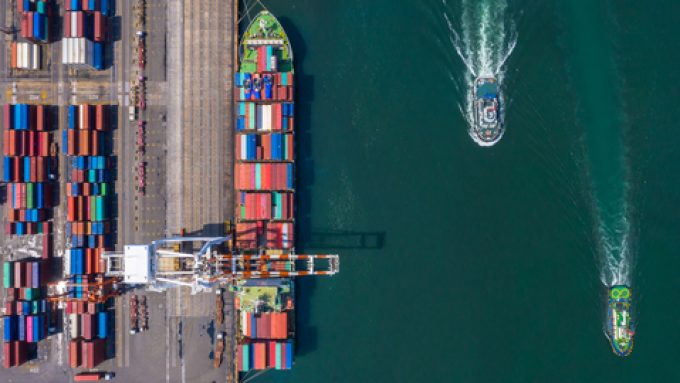Tariffs and de minimis set air freight rates on a volatile course
Airfreight rates are climbing as shippers rush to move goods before a potential trade war ...

Strikes at German ports and congestion at other North European container hubs is preventing a slump in spot rates as consumer demand from Asia crumbles.
Rates for North Europe and the Mediterranean are holding steady at about $10,000 and $12,000 per 40 ft respectivel, according to the latest readings from the WCI, FBX and XSI spot rate indices.
This is despite anecdotal reports to The Loadstar that several ships sailed from Asia to North Europe this week with load factors “below 90%”.
Notwithstanding ...
Amazon pushes into LTL for small package fulfilment and UPS does a u-turn
New senior management for DSV as it readies for DB Schenker takeover
Volumes set to 'fall off a cliff' as US firms hit the brakes on sourcing and bookings
Asian exporters scramble for ships and boxes to beat 90-day tariff pause
Temporary tariff relief brings on early transpacific peak season
'Tariff madness' will prompt renegotiation of ocean shipping contracts
Forwarders 'allowing the fox into the chicken run' by supporting 'hungry' carriers
Response to tariffs by Chinese importers may see extra costs for US shippers

Comment on this article